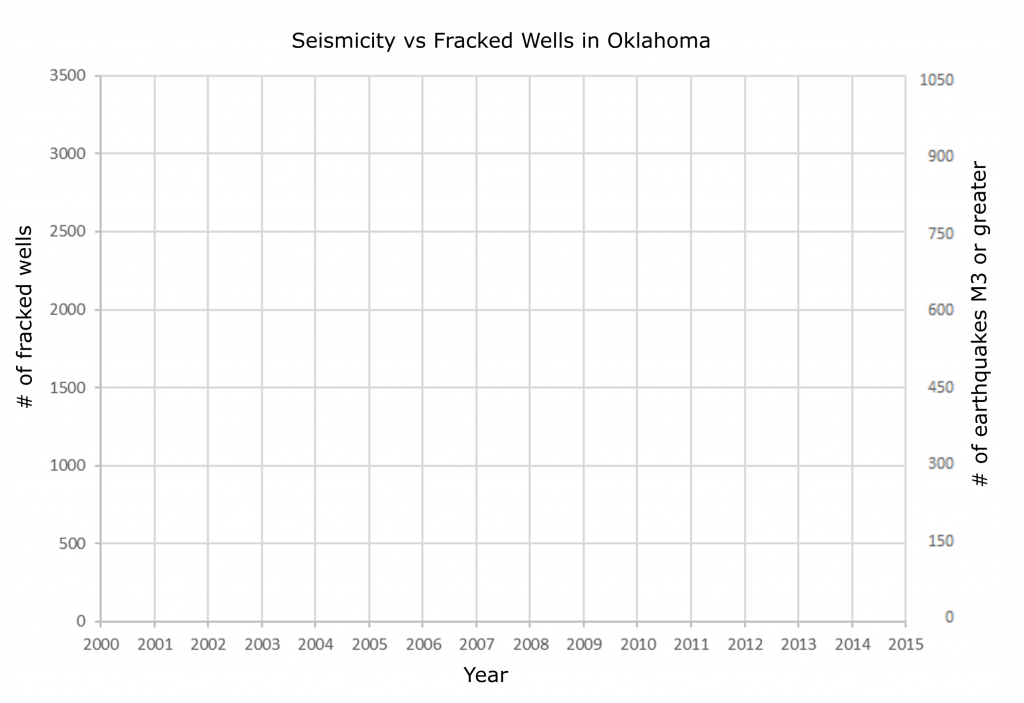
(These numbers were originally published in 2007 and have no doubt been reduced by efficiencies achieved over time.)Īnother characteristic of fracked wells (besides higher cost) is that deliverability tends to be high at initial production but tends to decline more rapidly than conventional wells over time. Although direct cost comparisons between conventional and fracked wells are hard to come by, a study of wells in the SE Oklahoma Woodford Shale concluded that fracked horizontally completed wells cost $5-6 million more than conventional wells. However, increased production brought with it the higher costs of unconventional recovery techniques. From a low level in 2008, US oil production began rising year after year to just under 8.7 million barrels a day in 2014. Recovery of unconventional resources generally and oil from horizontal completions and hydraulic fracturing shale (“fracking”) in particular changed this picture dramatically. (US oil production declined steadily from a 1985 peak of slightly under 9 million barrels per day until 2008 when production bottomed out at 5 million barrels a day.) It is this marriage of known technology with untapped shale formations that has caused the rapid rise in oil and gas production in the USA over the past decade. It is only relatively recently that these technologies have been applied to shale, rock formations which were previously thought to be devoid of recoverable natural resources. Learn more about how fracking works: Fracking 101: Breaking down the most important part of today’s oil, gas drilling (The Greeley Tribune, 2016).The twin technologies of directional drilling of wells and fracturing rock formations to stimulate recovery of oil and gas are widely known and have been utilized for decades in the industry. You can also click here to learn more about Colorado’s tough energy regulations. Still want to learn more? Click here to learn more about fracking and how it works.


In urban areas, completed well sites are often screened or landscaped. Areas disturbed by this activity are reclaimed or restored. To keep groundwater safe, each well is encased in multiple layers of protective industrial-grade steel pipe called casing, which is surrounded by cement.Īfter completion, a well can produce for as long as 20 to 40 years–providing energy and long-term revenue to governments and mineral owners and sustaining local jobs. The drilling rig and related equipment are only temporary and are removed when the well is finished. In some cases, 4-6 wells can be fracked on one site, or pad. State regulations require oil and natural gas companies to engage and work with nearby residents and local governments to share information and listen to and address concerns prior to beginning operations.

Afterward, companies must then apply for all necessary state, federal and local permits. Here’s what happens during the entire well’s life cycle, from start to finish:īefore a well is drilled, geologists and engineers study the size, structure and thickness of the geological rock formations with sophisticated seismic instruments to scientifically determine how and where drilling should take place. Companies must work with engineers, wildlife biologists, geologists and environmental experts to obtain information on the depth and location of all water zones to ensure proper protections are in place. Sometimes, wells are re-fracked to extend their production, but the energy each well can produce may last for 20 to 40 years.

Fracking is a temporary process that occurs after a well has been drilled and usually takes only about 3-5 days per well.


 0 kommentar(er)
0 kommentar(er)
